12 species, including Snow leopard, Grizzly bear, Red panda, California sea lions among others.
Quick overview
Number of species: 160+
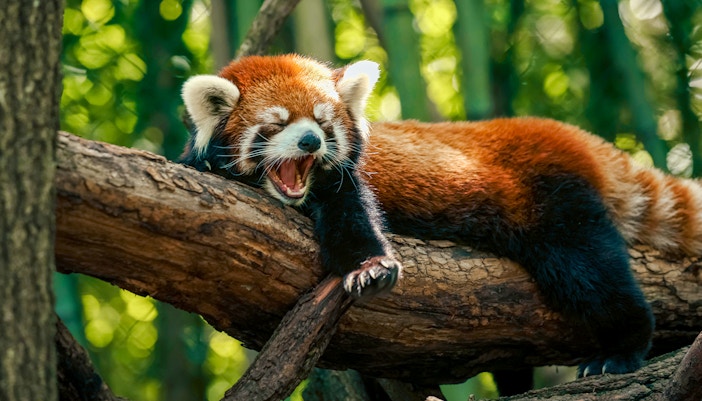
Mammals
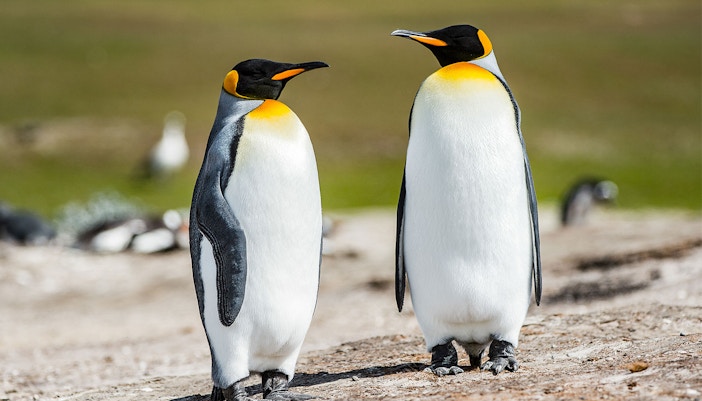
Birds

Reptiles

Discover a surprising world of wildlife right in the heart of Manhattan at the Central Park Zoo. Home to animals from tropical, temperate, and polar climates, the zoo features everything from snow leopards and grizzly bears to penguins, monkeys, and red pandas. Whether you're visiting with family or exploring solo, the diverse animal residents make this compact zoo a must-see in New York City.
Number of species: 160+




The Central Park Zoo is home to an array of wildlife, showcasing creatures from diverse ecosystems-tropical, temperate, and polar regions. While exact numbers can fluctuate, the zoo houses over 1,400 animals representing 163 species. In this wild abode, you get to encounter mammals, birds, reptiles, and amphibians, each with a unique story and connection to our planet's biodiversity.
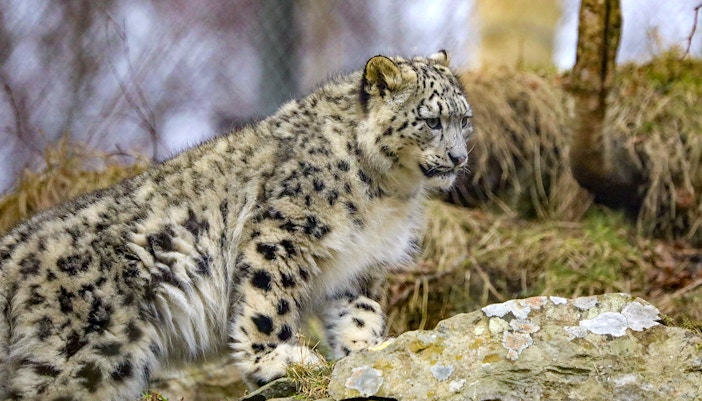
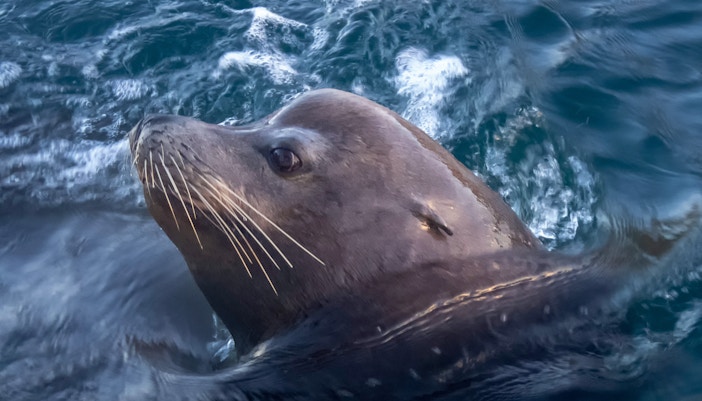
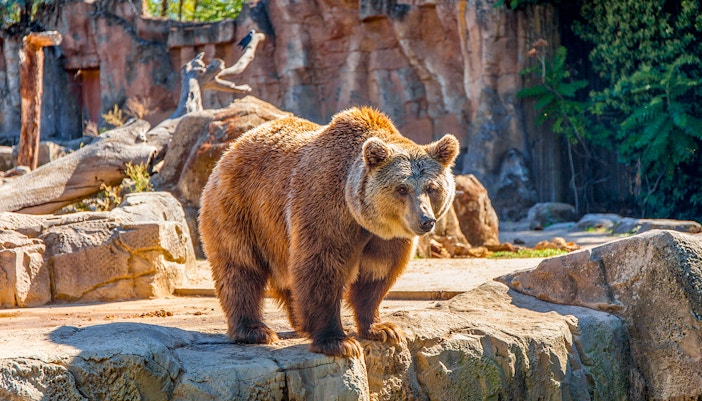
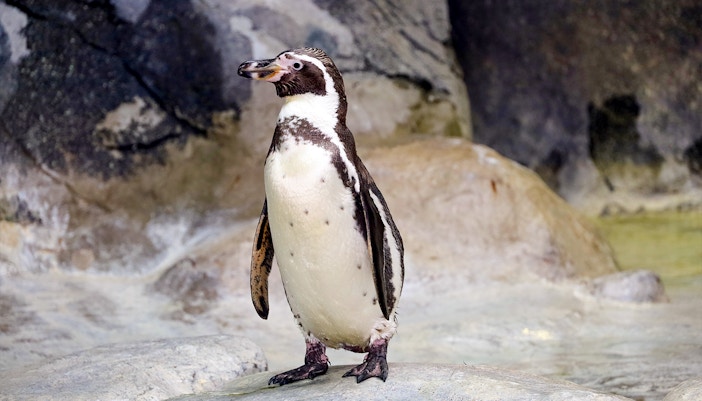
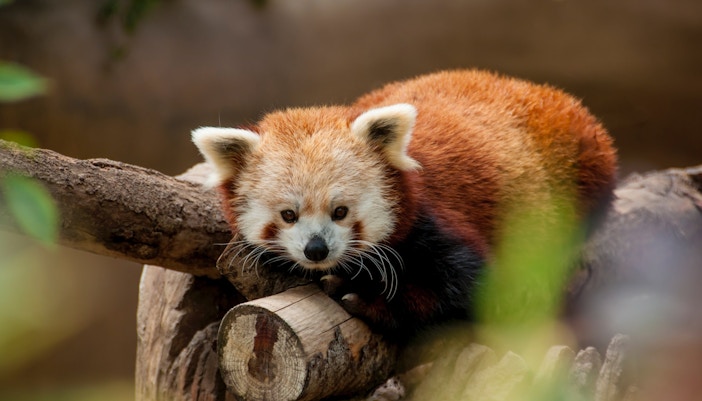
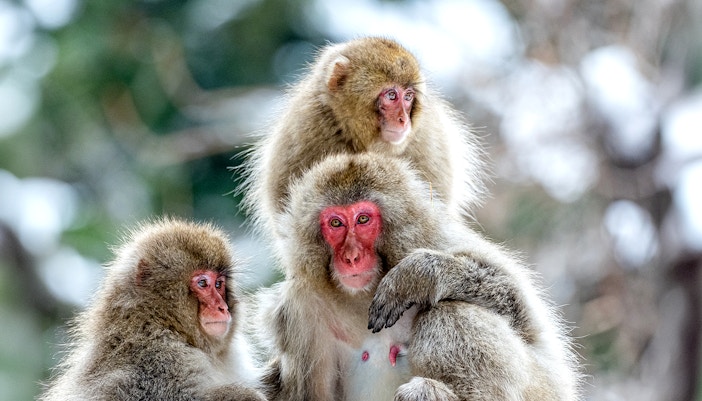
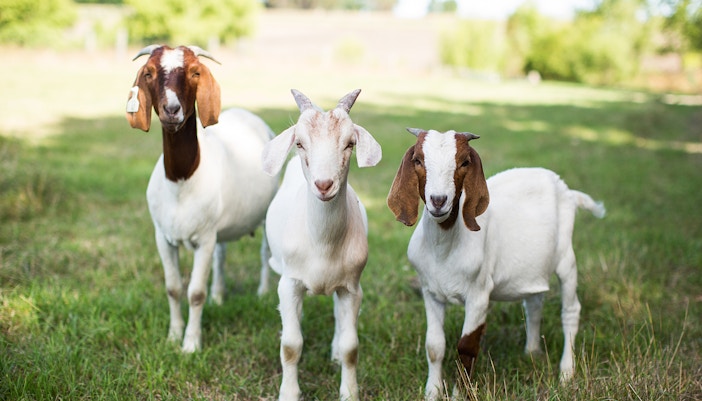
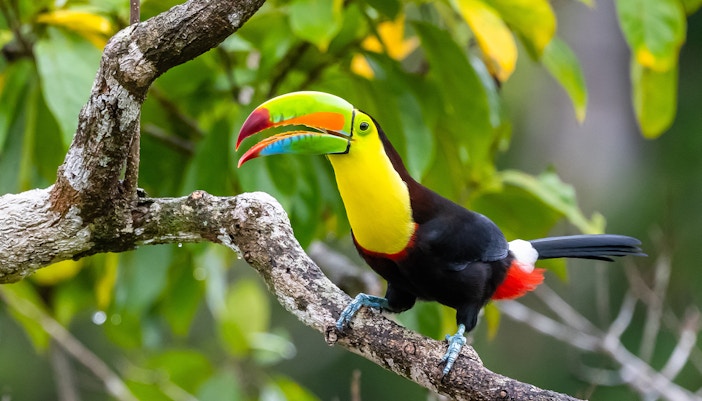






While all the animals are special, visitors particularly love seeing the snow leopards for their beauty, the sea lions during their feeding times, the grizzly bears, and the penguins in the Polar Circle. The Tropic Zone offers a wonderful immersive experience with free-flying birds and lemurs.
Animal activity levels vary throughout the day and depending on the species and weather. Many animals are more active in the cooler parts of the morning or later in the afternoon. Feeding times for sea lions and penguins are also great opportunities to see them in action.
For the health and safety of the animals, visitors are generally not permitted to feed them. However, at the Tisch Children's Zoo, there are sometimes opportunities to purchase feed for the domestic animals, or keepers may provide items for interaction. Always follow the keeper's instructions.
The Central Park Zoo is part of the Wildlife Conservation Society (WCS), which works to save wildlife and wild places worldwide. The zoo participates in breeding programs for endangered species, educates the public about conservation issues, and supports WCS field projects aimed at protecting the natural habitats of many of the animals you see.
While most animals are viewed from a distance, the Tisch Children’s Zoo offers opportunities to touch and feed certain domestic animals under supervision.
Yes, photography for personal use is allowed, but flash and tripods are prohibited to avoid disturbing the animals.
Yes, indoor areas like the Tropic Zone and Polar Circle offer great experiences even on rainy or cold days.
Occasionally, the zoo hosts temporary or seasonal exhibits or themed experiences, especially during holidays or summer months, such as Summer Camp.
Central Park Zoo Tickets
Combo (Save 5%): American Museum of Natural History + Central Park Zoo Tickets
Combo: The Museum Of Broadway + Central Park Zoo Tickets